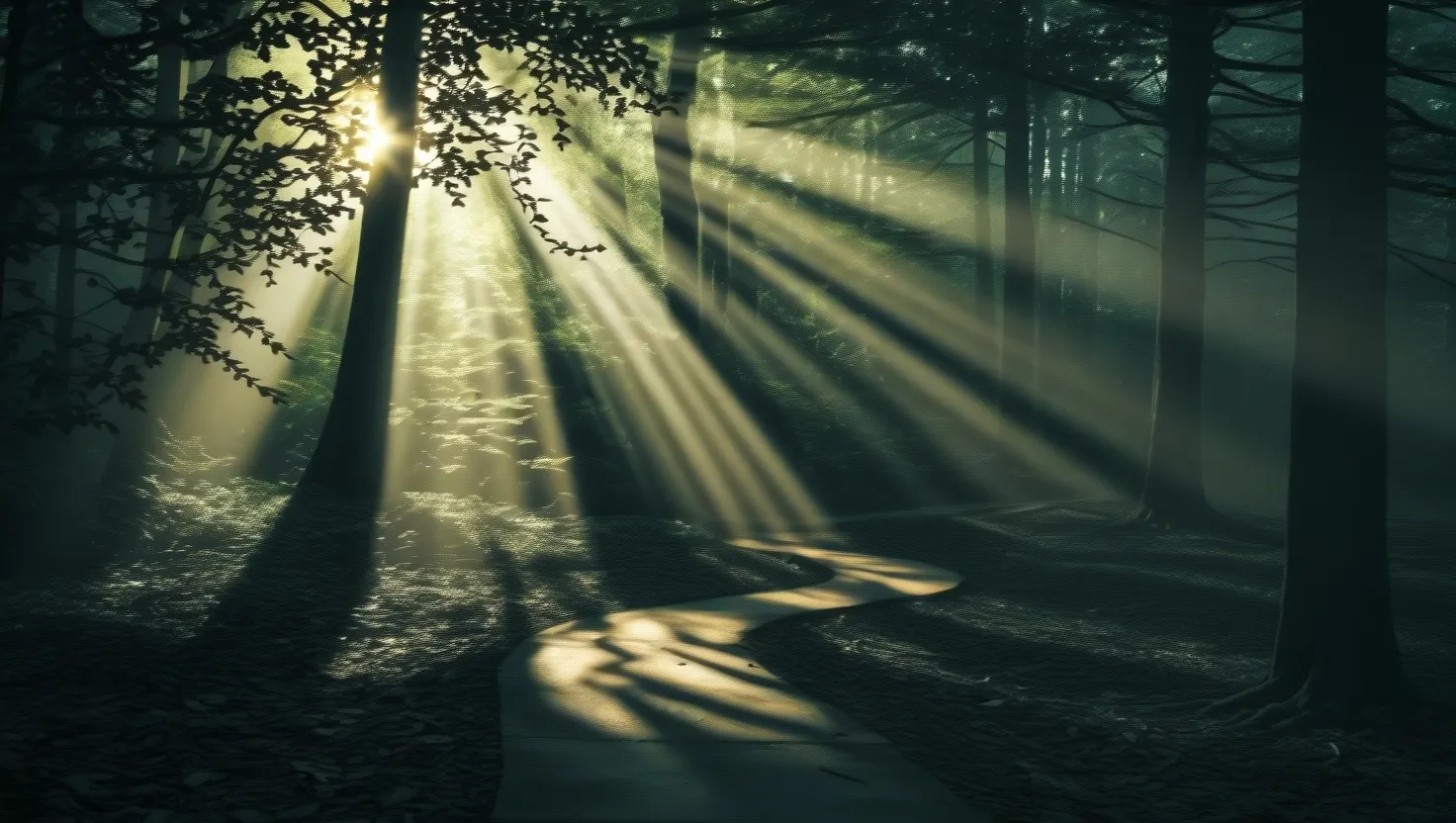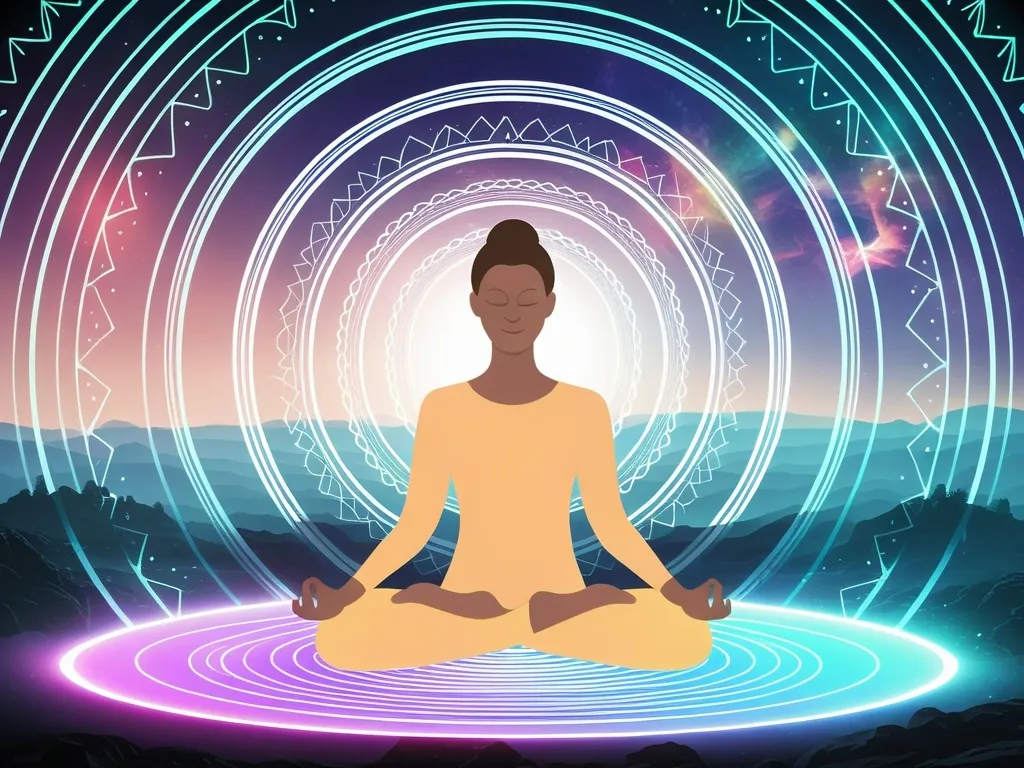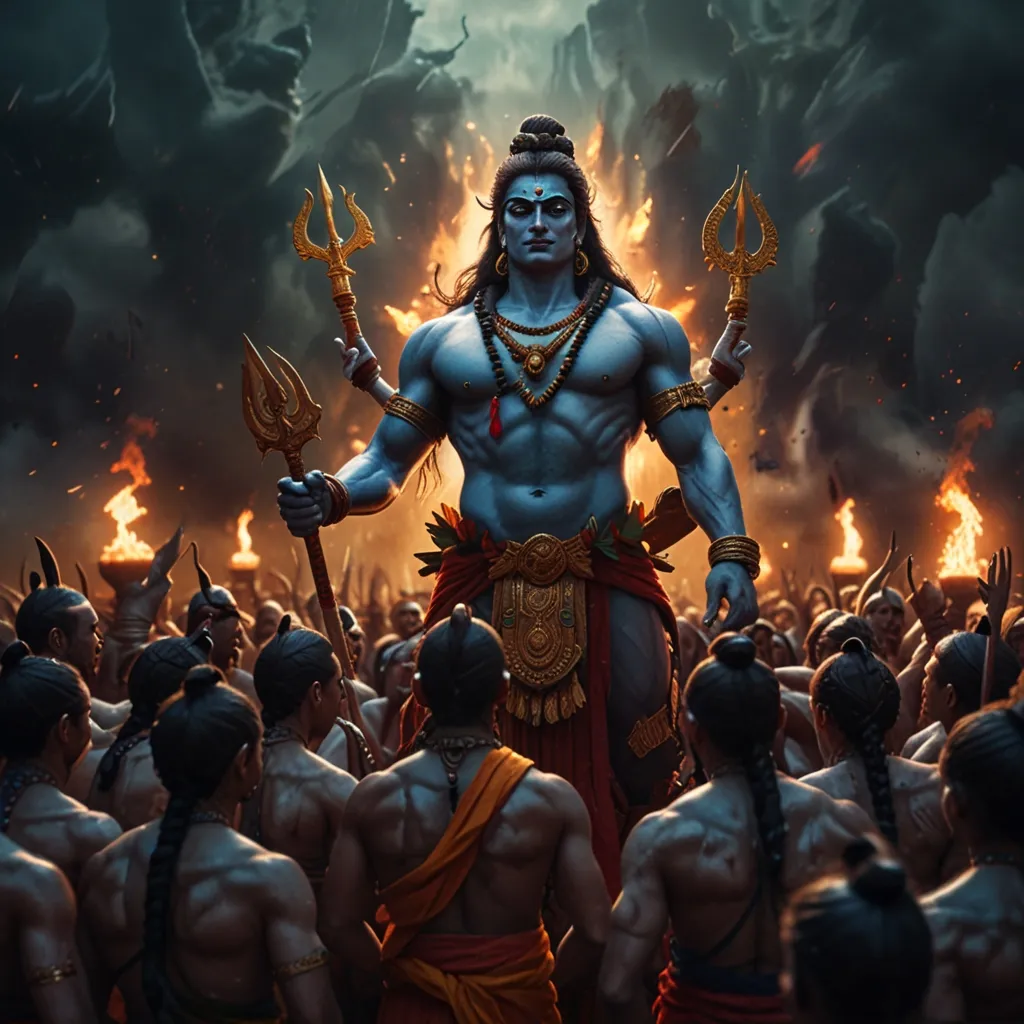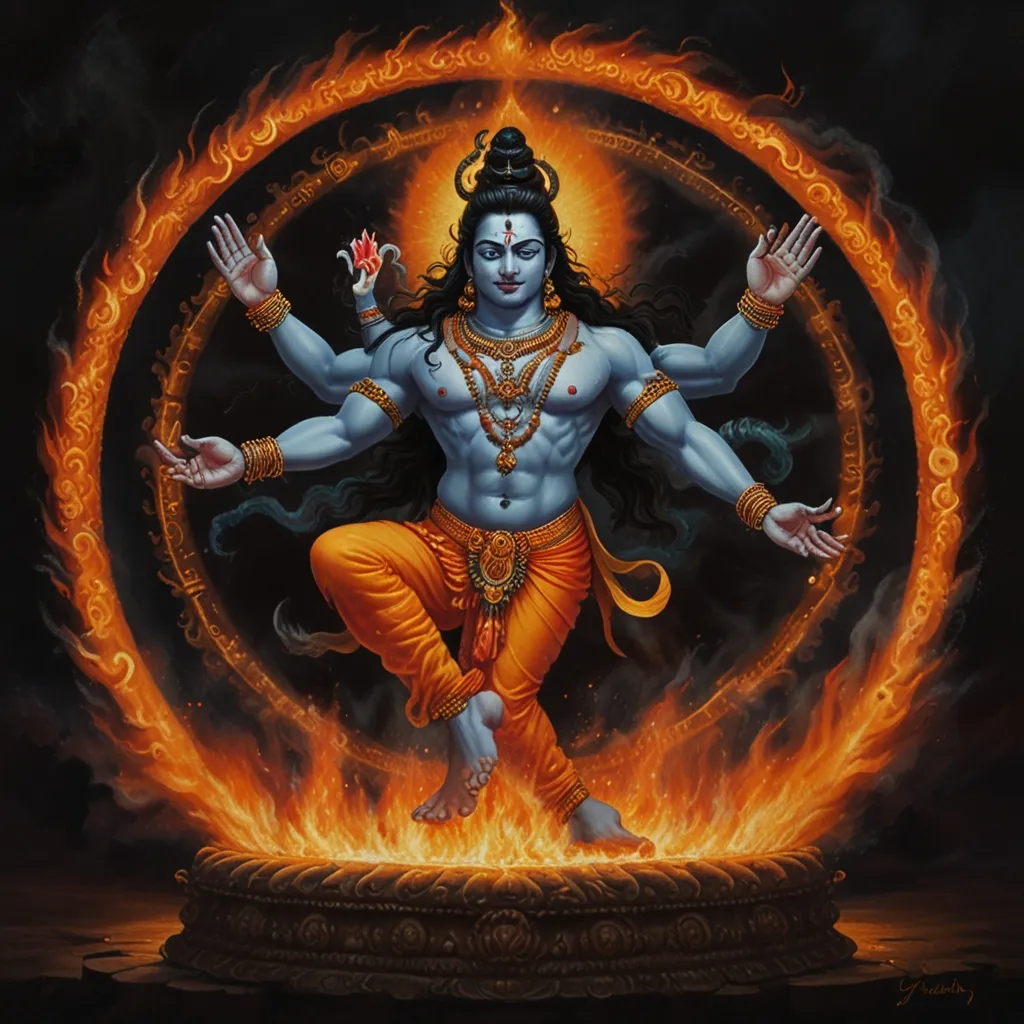As we delve into the intricate world of Sanskrit poetics, we find ourselves at the threshold of a concept that has been a cornerstone of Indian literary theory for centuries: Vyanjana. This term, often translated as “suggestion” or “indirect communication,” opens up a realm where words transcend their literal meanings, evoking emotions, ideas, and depths that lie beyond the surface.
In the heart of Sanskrit poetics, Vyanjana is not just a technique but a philosophy that underpins the very essence of poetry and artistic expression. It is rooted in the idea that words have the power to suggest meanings that are not explicitly stated. This suggestive power, known as Vyanjana-artha, is what distinguishes poetry from other forms of literature. When a poet uses words, they are not just conveying a direct message; they are activating a potential hidden within those words, allowing the reader to extract meanings that are both beautiful and sensitive.
The concept of Vyanjana is intricately linked with the Dhvani theory, introduced by the scholar Anandavardhana in his seminal work, Dhvanyaloka. Here, Dhvani is described as the soul of poetry, the essence that resides within and is extracted with delight by the cultured reader. According to this theory, the literal meaning of words (Vakyartha) and the secondary meaning (Lakshyartha) are subservient to the suggested sense (Vyanjana-artha). This suggested sense is what makes poetry rich and multifaceted, allowing it to convey emotions and ideas that go far beyond the obvious.
In poetry, the word acquires a suggestive function known as Vyanjana-vritti. This function enables the word to imply meanings that are not directly stated, creating a plurality of interpretations that enrich the poetic experience. For instance, when a poet describes a sunset, the words might evoke not just the visual image but also a sense of melancholy, nostalgia, or hope. This is the magic of Vyanjana, where the reader is invited to participate in the creation of meaning.
Vyanjana is not limited to poetry alone; it plays a crucial role in drama and other forms of artistic expression as well. In the Natyashastra, an ancient text on drama and aesthetics, Vyanjana is highlighted as a key element that enriches artistic expression. Here, it is not just about conveying a story but about evoking emotions and creating a deeper connection between the performer and the audience.
In spiritual texts, such as the Puranas, Vyanjana serves as a tool to imply deeper spiritual meanings. The insinuated or suggested sense of a word can lead the reader to contemplate and reflect on the underlying spiritual truths. This indirect communication allows the text to be layered with multiple meanings, making it a rich tapestry of spiritual insights.
The types of Vyanjana are varied and complex. It can range from simple implications to complex emotional resonances. For example, in a poem, a single word can suggest an entire narrative or evoke a particular mood. This versatility makes Vyanjana a powerful tool in the hands of poets and writers, enabling them to convey complex ideas and emotions with elegance and subtlety.
One of the fascinating aspects of Vyanjana is its ability to bridge the gap between the artist and the reader. It acts as a bridge that carries the art from the creator to the recipient, allowing for a shared experience of understanding and interpretation. This mutual relationship between the suggestive word, the suggested meaning, and the power of suggestion is what makes Vyanjana the lifeblood of Indian poetics.
In the context of Indian literary theory, Vyanjana is often discussed alongside other key concepts such as Rasa (emotion) and Alamkara (figures of speech). However, Vyanjana stands out because it is not just about embellishing language but about revealing the hidden layers of meaning that lie within. It gives due credit to the poet’s imagination and sense of propriety, highlighting the importance of context and the reader’s anticipatory realization.
The significance of Vyanjana extends beyond the realm of literature; it offers practical wisdom for enhancing our communication and interpretation skills. By understanding how words can suggest meanings beyond their literal sense, we can become more nuanced communicators. This skill is particularly valuable in today’s world, where effective communication is key to building connections and conveying complex ideas.
As we explore Vyanjana, we gain fresh insights into the nature of communication and artistic expression. It shows us that language is not just a tool for conveying information but a gateway to profound aesthetic and spiritual experiences. Ancient Indian thinkers viewed language as a powerful medium that could evoke emotions, ideas, and spiritual truths, and Vyanjana is at the heart of this vision.
In conclusion, Vyanjana is more than just a literary device; it is a way of understanding the subtle workings of the mind and the power of language. By delving into this concept, we not only deepen our appreciation for Indian literary theory but also uncover new layers of significance in our own quest for deeper understanding. Whether you are a literature enthusiast, a student of linguistics, or simply curious about different approaches to understanding meaning, the journey into Vyanjana promises to be a rewarding and enlightening one. It invites us to see words not just as carriers of meaning but as keys to unlocking the hidden depths of human experience.






